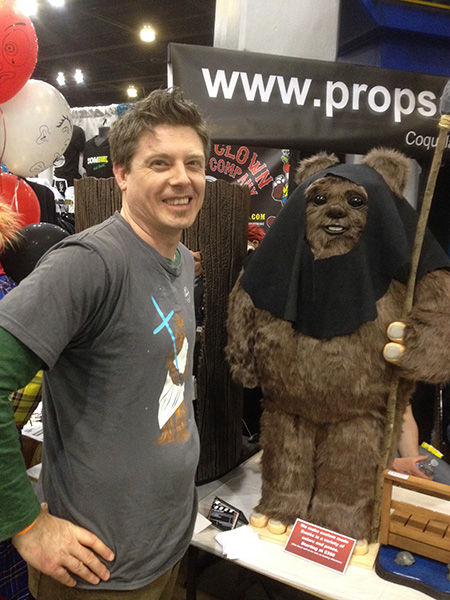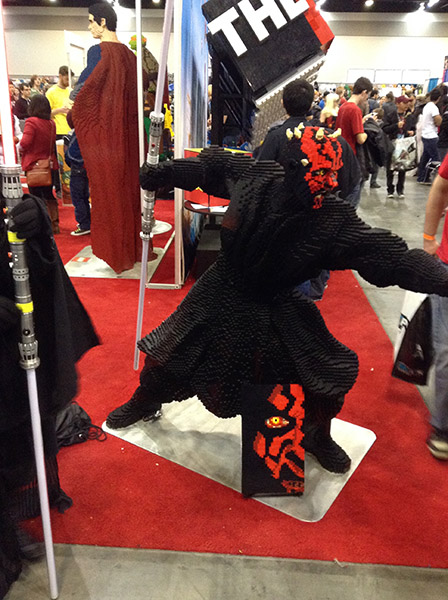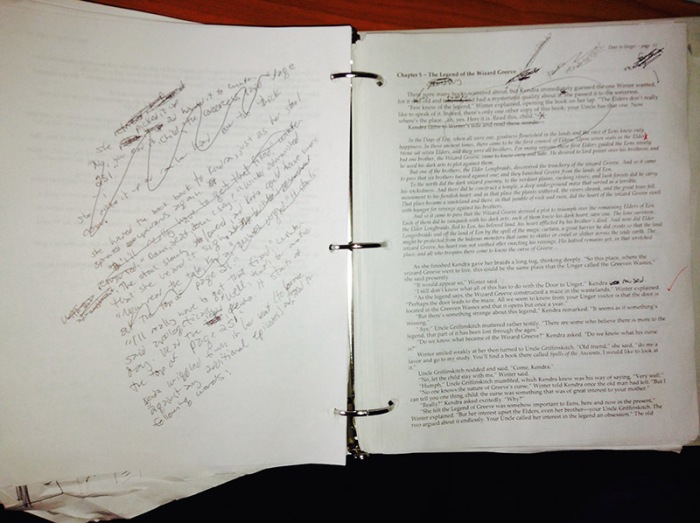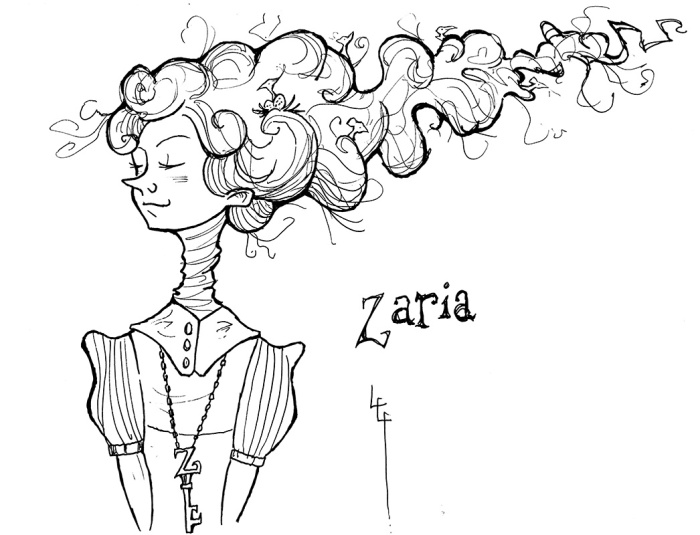 Having just finished delivering a workshop on setting, I thought I would share some of the outcomes on my blog.
Having just finished delivering a workshop on setting, I thought I would share some of the outcomes on my blog.
I find that one of the chronic problems in my young writers’ pieces is a failure to clearly depict setting. They often leave it out completely, or describe it with zero emotion. As their editor, I end up fumbling through their scenes, struggling for clues as to where the characters are physically located. Often the only clue I’m given is through dialogue, which is pretty much akin to watching an episode of Game of Thrones without the picture.
So I came up with a few handy tips for my students, sort of a hierarchy of how to improve setting description, step-by-step.
I thought I would share them here, starting with . . .
Tip 1: Understand your setting
It seems obvious, but I find this is a common problem in a lot of writing. If you, the author, don’t understand your setting, how can you accurately describe it?
There are a few ways to solve this problem. One way is to base your setting on a real place that you know inside out. So much the better if you can go to the place and walk through it, recording it with photographs and notes.
Of course, if you’re like me, and you’re making up worlds like the Land of Een or The Rumble Pit, then you can’t always do that. (Though, come to think of it, I did do a walk through of the gladiator pit at Verulamium for Rumble Pit inspiration.)
What you can do is build a model (or diorama). This can be a long and complicated process, but if you have the energy and inclination, it can also be indispensible. And, sometimes, building helps those distant corners of your mind subconsciously truck away at your story.
The simplest way, however, to achieve a strong understanding of the spaces within your book is through making quick sketches or diagrams.
I do this constantly. These quick little sketches really help me figure out the mechanics of a scene. I posted some of my sketches in a recent post, but I thought I would post a few more that I’ve worked on recently.
This is a sketch of an apartment that is featured in a new book I’m working on:

It was important for me to understand where the rooms were positioned so that as I wrote the scenes there, it all made logical sense. For example, I have a character who must be able to peer out of his bedroom door and see both the main door to the apartment and to the living room.
This is a sketch of another environment in this new project. This environment is quite complex, so I’ve done several sketches and diagrams of it. Here’s one of my very first rough sketches:

And here’s a final, computerized diagram. I tend to work on this every couple of days, so it has been changing a lot as I work on the manuscript.

By the way, here are a few of the sketches that my students have come up with for their fictional places . . .



In the coming days, I’ll post my next suggestion for helping to craft better settings.







































